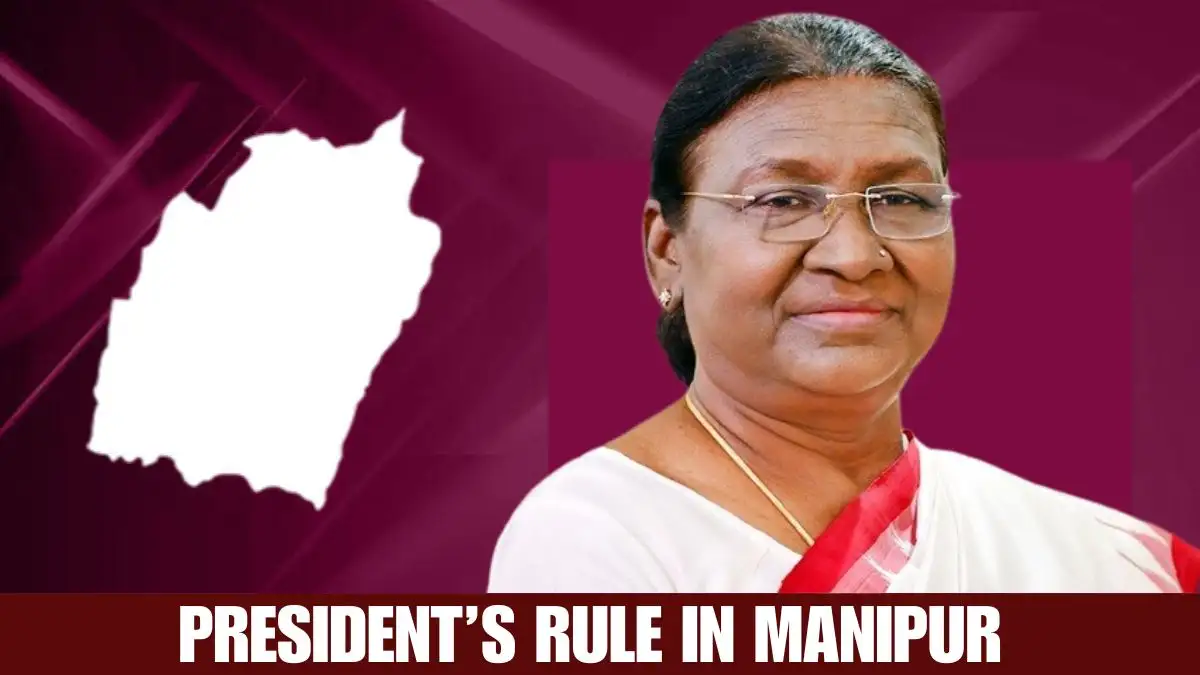
President’s Rule in Manipur: In a significant development, the President’s Rule has been imposed in Manipur, as per a notification by the Ministry of Home Affairs. This comes days after northeastern state’s Chief Minister N Biren Singh resigned from his post on February 9.
The Assembly has also been put under suspended animation. Announcing the proclamation of the central rule, a notification issued by the Ministry of Home Affairs said President Droupadi Murmu is of the opinion that “a situation has arisen in which the government of that state cannot be carried on in accordance with the provisions of the Constitution”.
“Now, therefore, in the exercise of the powers conferred by Article 356 of the Constitution, and of all other powers enabling me in that behalf, I hereby proclaim that I – assume to myself as President of India all functions of the Government of the State of Manipur and all powers vested in or exercisable by the Governor of that State,” the notification said. The assembly has been put under suspended animation, the notification added.
Resignation of CM Biren Singh
Amidst rumblings within the state BJP seeking a change of leadership in strife-torn Manipur, CM Biren Singh had tendered his resignation to Governor Ajay Kumar Bhalla at the Raj Bhavan in Imphal. The governor had accepted Singh’s resignation, along with that of his council of ministers, and requested that he continue in office until alternative arrangements are made. The development came on February 9 hours after Singh returned from Delhi after meeting Union Home Minister Amit Shah. Singh had been defying the opposition’s demand to step down as CM of the ethnic violence-hit state where trouble broke out 21 months ago in May 2023.
What’s President Rule in India?
President’s Rule in India refers to the suspension of a state government and the imposition of direct governance by the Union government. This extraordinary measure is taken under Article 356 of the Indian Constitution when a state government is unable to function as per constitutional provisions.
Under the President’s Rule, the state’s executive authority is transferred to the Governor, who acts on behalf of the President of India. The Governor is empowered to appoint administrators, typically nonpartisan retired civil servants, to assist in governance. These administrators are usually from outside the state to ensure neutrality.
In normal circumstances, a state is governed by an elected Council of Ministers, led by the Chief Minister, who holds executive powers, while the Governor remains a constitutional figurehead. However, once President’s Rule is imposed, the Council of Ministers is dissolved, leading to the removal of the Chief Minister from office. Additionally, the state legislative assembly may either be prorogued or dissolved, triggering the need for fresh elections.
ALSO READ: What led to Biren Singh’s resignation as Manipur CM after 20 months of ethnic violence? Explained


